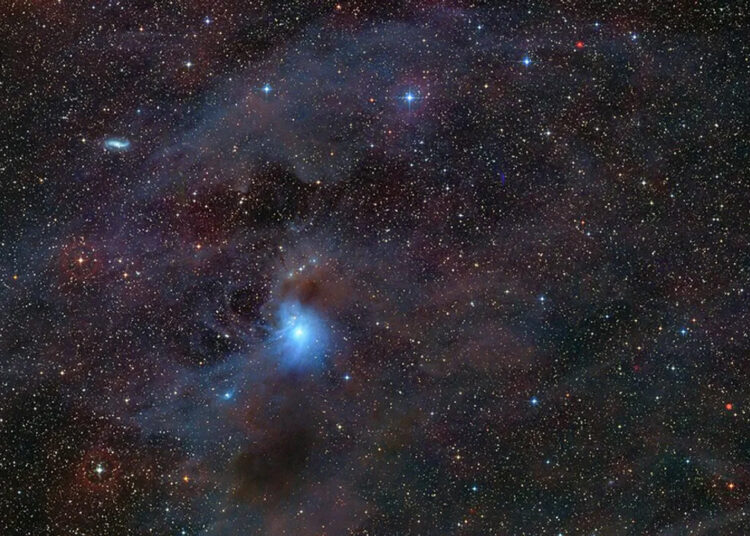Beyond the Great Lens of the Milky Way, celestial bodies thought to be free-floating planets continue to puzzle us. Conversely, recent new observations show how these material drags accelerate and how astonishing they can be.
This type of free-floating planet, called Cha 1107−7626, was studied by an international team using the Very Large Telescope (VLT) of the European Southern Observatory (ESO) and achieved staggering growth results: approximately 6 billion tons of matter are absorbed per second. This has been recorded as the highest growth rate ever measured for a planetary-mass object.
Astronomers note that although this object has 5 to 10 times the mass of Jupiter, it does not belong to the brown dwarf class because it does not have enough mass for deuterium fusion in its core.
Mysterious Brightening and EXor-like Explosions
During the period of the study, sudden increases in brightness of Cha 1107−7626 were observed between April-May and June-August 2025. The team led by the University of St Andrews combined data from VLT and the James Webb Space Telescope, revealing that the planet’s material accumulation rate increased by 6 to 8 times. In a period when the nature of such formations remains a mystery, the question of how free-floating planets form becomes even more profound.
Professor Aleks Scholz summarizes this mystery as, “Are they the lowest-mass objects born like stars, or massive planets ejected from their stellar systems?” Researchers emphasize that these explosions in Cha 1107−7626 resemble short-term brightening events called EXors, which are observed in young stars. EXor outbursts are characterized by a significant increase in brightness that lasts for a few months.
The line between stars and planets remains blurry
This discovery opens a new window in the world of astronomy. Dr. Belinda Damian shares her thoughts: “This discovery blurs the boundaries between stars and planets and offers a unique insight into the early formation stages of free-floating planets.” The findings have been published in the journal The Astrophysical Journal Letters and have caused a great reaction in the scientific community.









